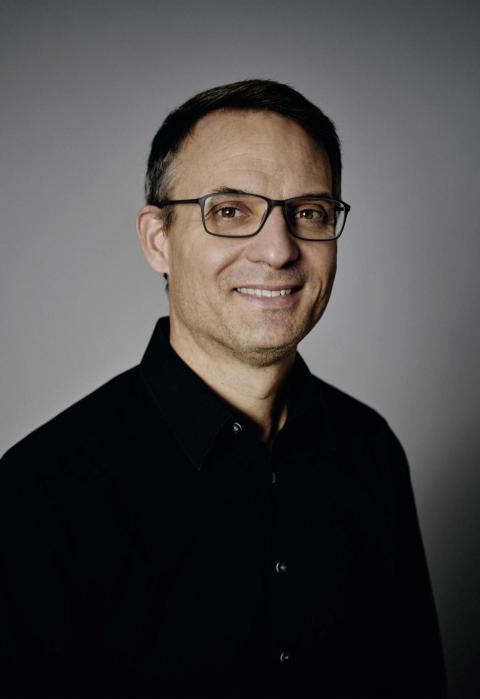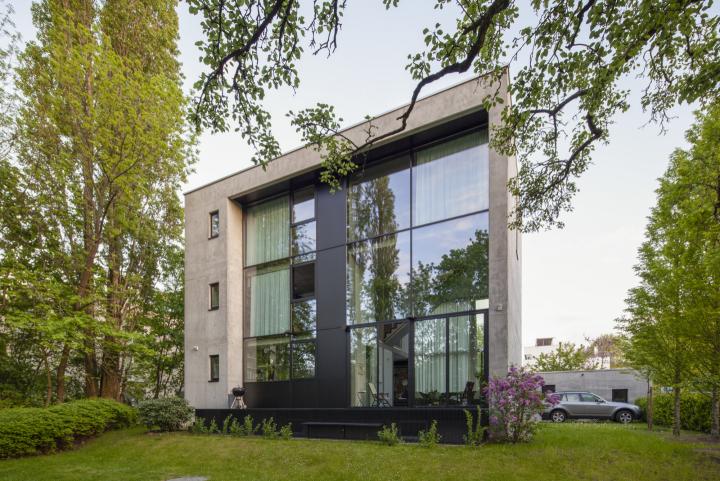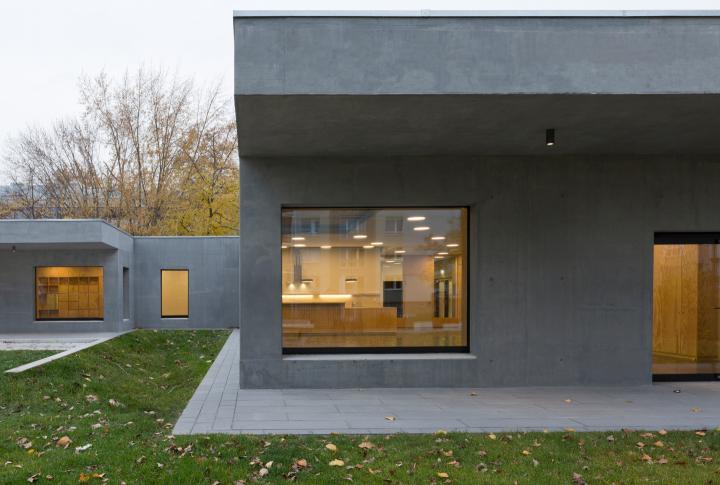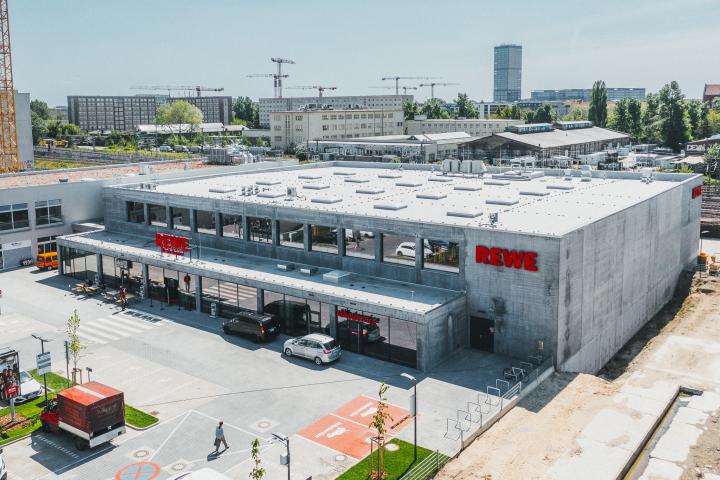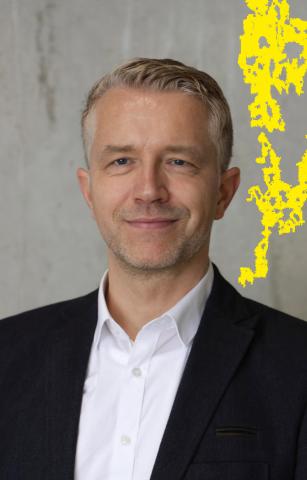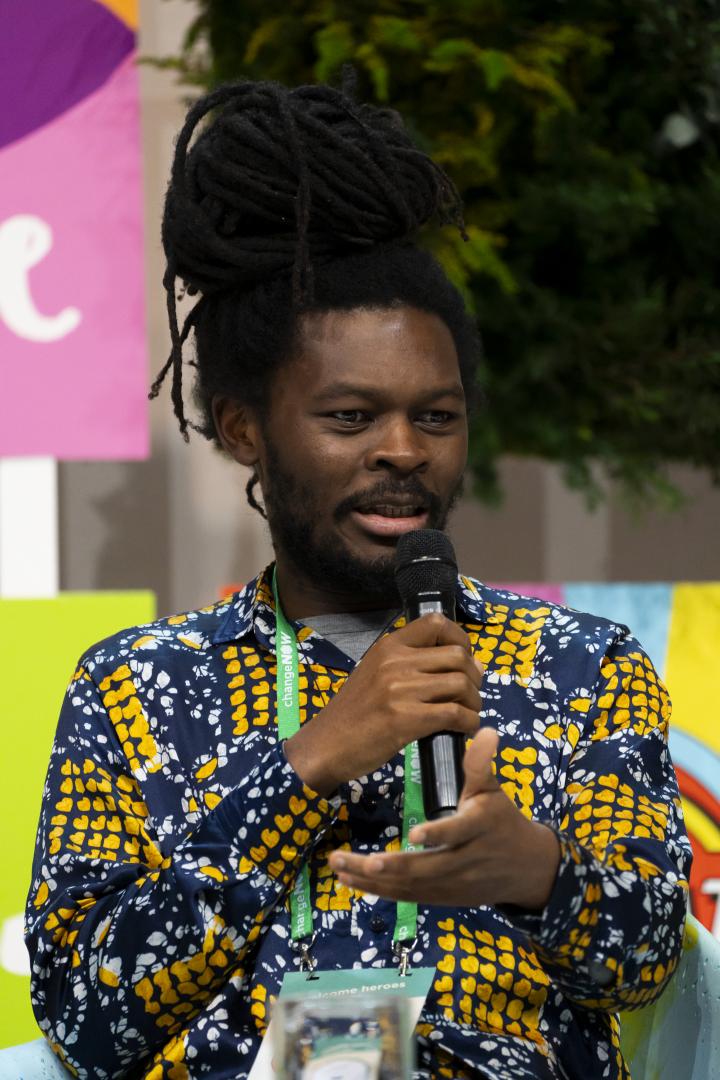Speaker
Boris Reyher
Infra-lightweight Concrete
Infra-Lightweight Concrete offers significant spatial potential as a building material due to its simplified and robust monolithic structure, along with its promising characteristics in CO₂ reduction and recyclability. Barkow Leibinger, in collaboration with schlaich bergermann partner, explored this potential for prefabricated structures in infra-lightweight concrete over many years through various designs, though these remained unrealized. Meanwhile, a number of projects has been realized with in-situ infra-lightweight concrete.
The Smart Material House for the 2010 International Building Exhibition in Hamburg was a prototype for flexible live-work housing. It used self-insulating Infra-Lightweight Concrete with recycled foamed glass—one-third the weight of standard concrete. Combined with wood, it achieved a near-zero carbon effect. Sculptural concrete elements were structurally self-supporting, shaping interiors and loggias.
A second project, the 2013 Urban Living competition, proposed point towers on Karl-Marx-Allee. It reinterpreted Plattenbau with precast Infra-Lightweight Concrete panels, embedding steel rods for vertical support. Though non-load-bearing, the concrete improved insulation, fire protection, and reinforced the steel. Using a single panel type increased speed and reduced costs.
A variation for WBM in Berlin featured a 36-meter, twelve-story tower with 70 apartments. Prefabricated 60 cm walls used Infra-Lightweight Concrete with expanded clay aggregate.
While building with prefabricated elements of infra-lightweight concrete remains the conceptual goal, a number of projects with in-situ construction has been realized. These include several residential buildings, a public education facility as well as a retails store for a large German grocery chain. Currently, the first building with infra-lightweight precast wall elements is going into production.
CV
Boris is a structural engineer and Managing Director at schlaich bergermann partner, where he leads the Berlin office. Boris got his diploma degree from TU Berlin in civil engineering in 1998 and a Master of Science from University of Michigan at Ann Arbor in 1997. He then worked as a research and teaching associate at TU Berlin and received his PhD in structural engineering in 2005. From 2005 to 2007, Boris worked at Buro Happold Engineers in Bath where he was involved in several high profile sports venue projects such as Aviva Stadium in Dublin and the 2012 Olympic Stadium in London. In 2007, Boris joined schlaich bergermann partner in Berlin where he has directed a wide range of projects ranging from footbridges to skyscrapers.
